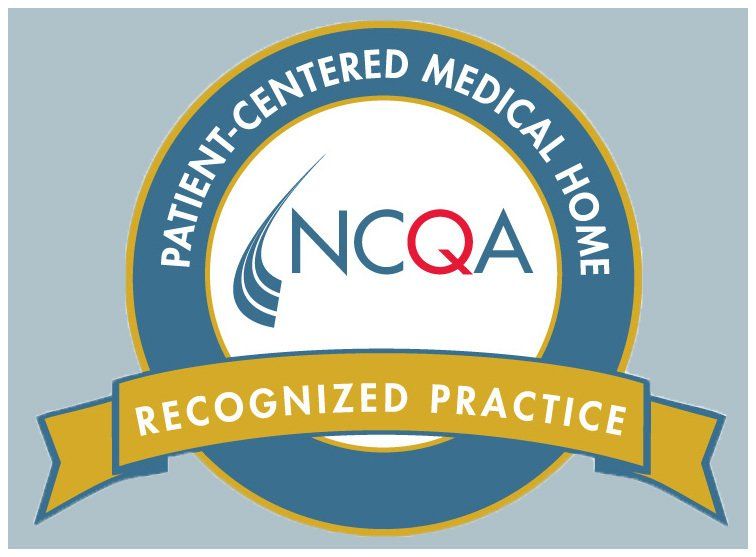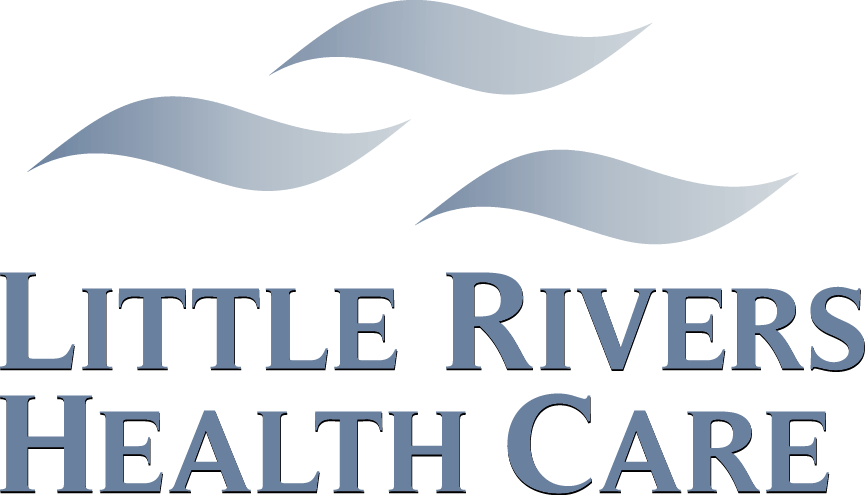Our mission is to provide respectful, comprehensive primary health care for all residents in our region, regardless of their ability to pay. We offer quality health care services to everyone. In the spirit of community, we make efforts to reach out and welcome those who need health services, but may have insufficient means to access them. We commit ourselves to continually reduce the burden of illness, injury, and disability, and to improve the health and quality of life of those for whom we care.
Preparing for a Televisit
Preparing for a Televisit Appointment
Preparing for a Televisit Appointment
Telemedicine connects patients with medical professionals in real time by phone or online. People choose telemedicine for different reasons - mainly because it's a convenient way to get medical care without leaving your home. Telemedicine covers everyday illnesses such as the flu, conjunctivitis (pink eye), bladder infections, yeast infections, acid reflux, and certain skin conditions. Certain telehealth professionals can also provide treatment plans for mental health services, like the treatment of depression, anxiety or stress. What telemedicine doesn't include are emergency-related health concerns such as stroke, heart attacks, and major accidents.
Your Telemedicine Checklist
- Pre-Visit Planning: The day of your appointment a nurse or your provider will call to ask for vital signs and a few other questions. Vital signs include; weight, blood pressure, heart rate, and temperature. A basic scale, thermometer, and watch are used to gather this information. Don’t have this equipment at home? Do not worry, we can complete the visit without it!
- Choose a private place: Choose a quiet room for your virtual appointment and ask your family or roommates to respect your privacy.
- Consider technical aspects: Whether you're using a smartphone, computer or tablet, it's recommended to learn how to use the telemedicine company's app or video chat software beforehand.
- Prepare you medical history: Your telemedicine doctor may also ask you questions about your lifestyle, job and family life and, if appropriate, your mental health history. The purpose of the appointment is to provide you with the best possible care and treatment. Sharing personal details allows your doctor to diagnose and provide quality care.
- Get your documents ready:
Like any doctor's appointment, you should be ready with the following pieces of information:
- Your list of prescriptions
- Over-the-counter medications and supplements
- Your pharmacy phone number and address
- Insurance or credit card information - Jot down questions to ask:
While each person's healthcare situation is unique, here are seven sample questions to get you started:
- What is the diagnosis?
- Will I need any medical tests?
- What can I do to get better?
- Do I need a prescription?
- What do I do if my symptoms continue?
- How can I access the information/treatment plan from today's appointment?
- Can I contact you if I have follow up questions? - Write down your treatment plan: Your treatment plan may be as simple as, "drink plenty of liquids and get some rest." But in some cases, you may need to have a prescription filled or to make an appointment to see another doctor or specialist in person. If possible, take notes on the treatment plan and what your next steps are during the appointment.
- Discuss follow up care: In some cases, one appointment is all you need to diagnose and treat routine health conditions like a cold or the flu. But if symptoms persist or you need ongoing care to check chronic conditions, you may need follow-up care through another telemedicine appointment or in person. You may also need a prescription, so discussing the next step is helpful.
Need Help After Hours?
If you are experiencing a life-threatening emergency, call 911 or go to the nearest emergency department.
For after-hours medical concerns, call any clinic number to speak with a healthcare professional for medical advice & information.
Business Locations
All Locations
LIST
MAP
Find nearest location







